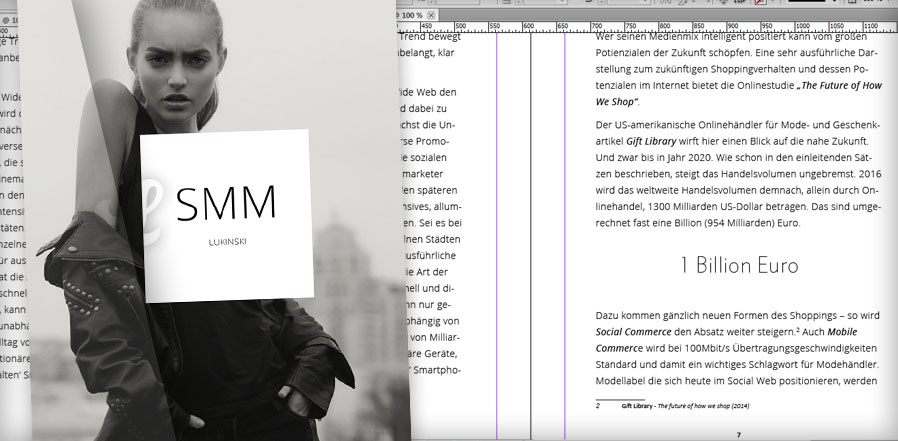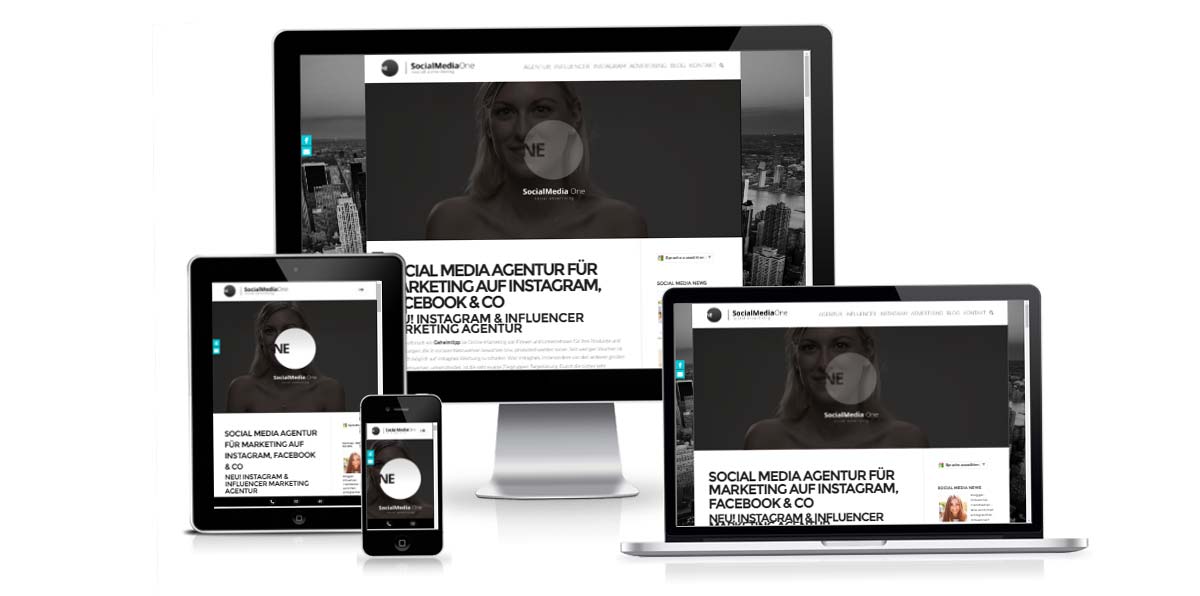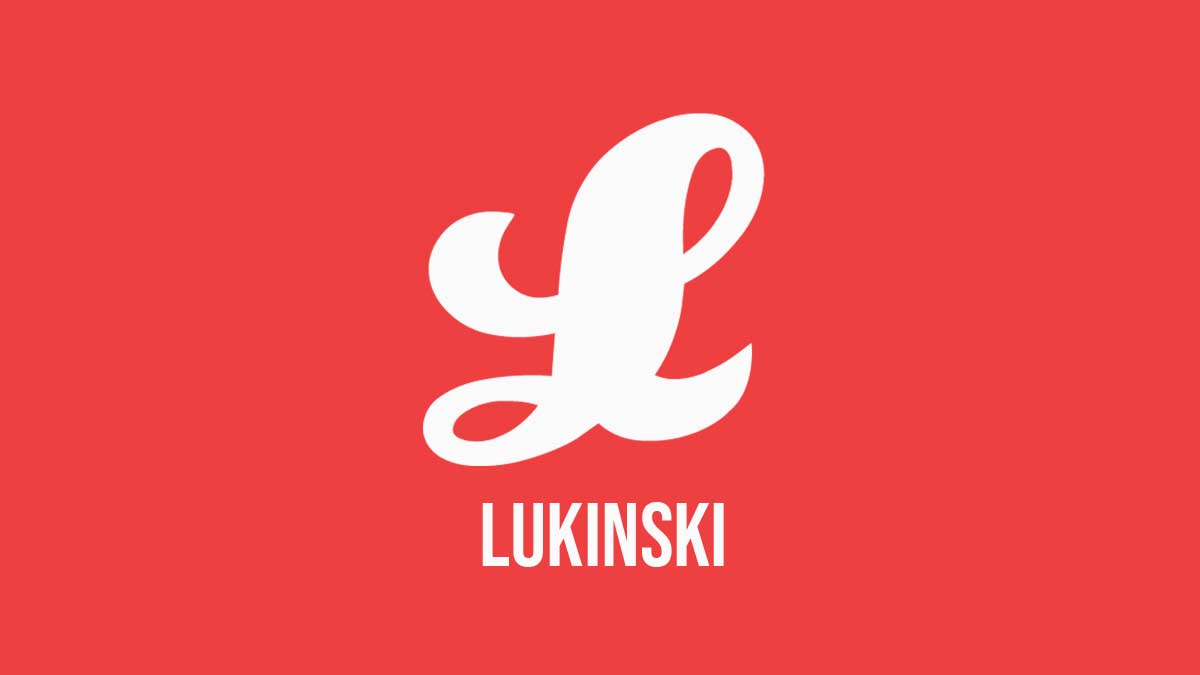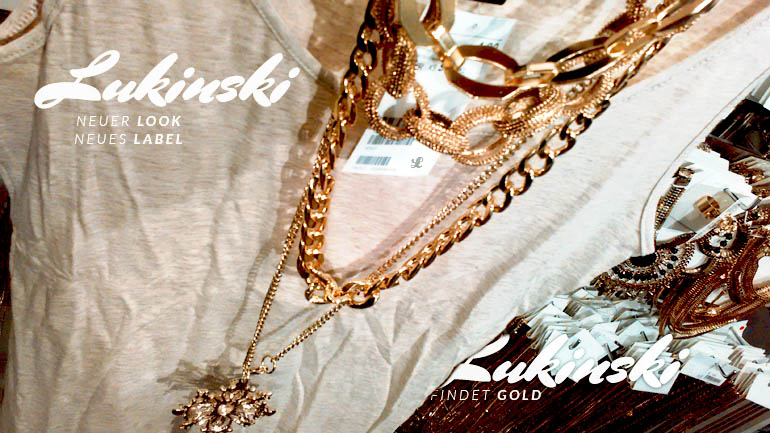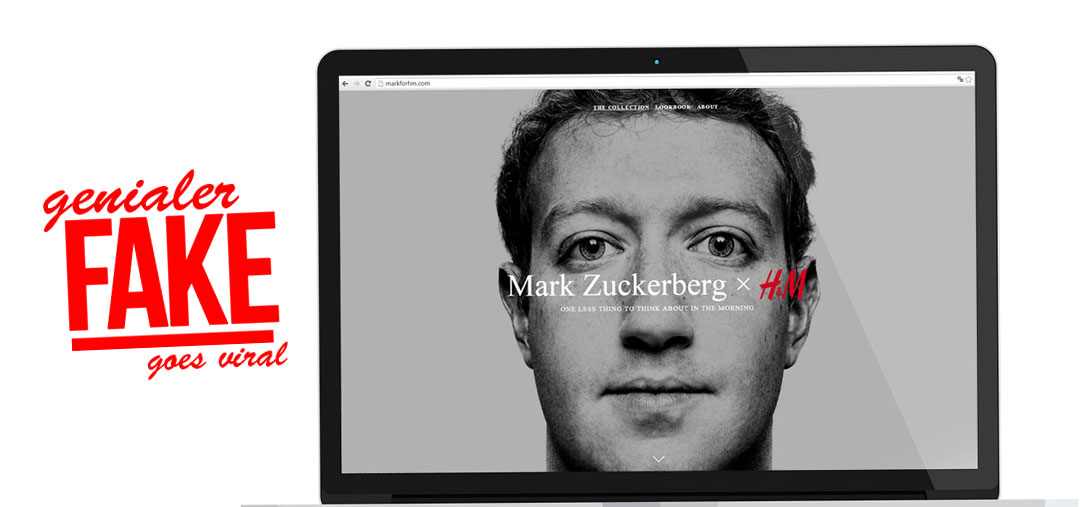Social media managers in fashion companies: A look at the fashion industry
Today I want to take a deeper look into the realms of Haute Couture & Pret-a-Porter. It seems like the absolute ‘high class’ fashion manufacturers do less social media marketing than the traditional downtown fashion retailers. But is that the case? And if so… what are the differences in media presence and communication within social media? A little look at the fashion industry, between haute couture and pret-a-porter. More tips can be found in the Social Media Blog or for free in my Social Media Marketing Guide.
The assumption: Social media management has high relevance for fashion retailers but hardly for top labels
The assumption that all major networks in the study (Facebook, Twitter, YouTube, Tumblr, Pinterest, Instagram) are also relevant for all fashion companies could not be fully confirmed in the research, evaluation and interviews. Three contrary findings can be summarized here. Firstly, under the premise of qualitative content, social media management is a time-consuming, i.e. personnel-intensive process for fashion labels. Ergo, economically stronger companies are also present in more social networks than smaller ones. In a specially prepared analysis of the social media presence of the twenty largest fashion companies, this fact is also clearly evident. Industry giants such as the Otto Group or H&M publish new posts every hour (Twitter) to every day (Facebook). While smaller chains expand their social media channels and posting frequencies less. In the research, as well as in the expert interviews, clear preferences nevertheless emerge in the German-speaking region. In particular, these social networks are at the forefront of online marketers’ minds:
- Youtube
- Snapchat
No or hardly any relevance for top labels?
So for which fashion companies does social media marketing have relevance under these circumstances? This question answers another finding of the evaluations: Fashion labels of the upper genre hardly use social networks actively for online marketing. While fan pages of lower genres and those of medium labels (e.g. Asos or Otto) are elaborately designed and also usually filled with new content on a daily basis, the appearances of upscale fashion labels are limited to the basics of the network portals – quite in contrast to the mostly dissolute fashion worn on display. Postings, for their part, take place at irregular times, sometimes not at all for weeks. Likewise, contrary to the general attitude, they have many bold and promotional elements, which contradicts the findings of social media management research. This shows how higher class labels can once again polarize by being different. This is where dualism and the role of the trendsetter come into play again, actively working against the common and generally accepted structures.
An excellent example is provided by the fashion label Yves Saint Laurent. Yves Saint Laurent has 2.1 million fans on Facebook. And this despite the fact that postings usually only take place every fortnight. They contain little text, in capital letters. And often only the name of the product to be advertised. Plus a black and white photo. The entire fan page contains only a link to the Yves Saint Laurent website. Creative, visual elements of the fan page are not exploited. Just as in the fanpage design, all the design elements seem very cool and unified. Their fan numbers do not seem to suffer from this (comparison: YSL 2.1 million without social media management; Asos 3.7 million with social media management).
As described in dualism or the “philosophy of fashion” (article: Social Media Manager), it is the otherness, the novelty, that distinguishes the trendsetter of the respective group. By consistently eschewing common social media management practices, labels of the upscale genre gain attention. At fashion shows or on social networks. Social media management measures are therefore not of the same relevance for all labels. Labels of the upscale genre disprove a generally high relevance for elaborate social media management measures. The described deviation of individual upscale fashion industries shows that fanbases (can) also be developed by other means. However, you should then already have a status that guarantees reach even without advertising budgets. Basically, social media marketing is an effective online marketing tool for brand presence and identity.
Marketing message – quality increases interaction and reach
The assumption: Qualitatively prepared content increases acceptance (interaction and resulting reach) of social media management measures among people interested in fashion in social networks.
For people who do not deal with communication in social networks on a daily basis, the definition of a meaningful social media management strategy is very complex. For online campaigns of fashion companies, especially the users who are in the previously determined target group are interesting – this for several aspects. Posts can be timed to the target group within a content planning, as well as their thematic content. Current topics can be filtered more easily, but also links to well-known people and brands can be found more easily. Furthermore, the targeting of the target group for online campaigns is more efficient, through filter functions such as interests, areas, groups or even social relationships through tools like Facebook Ads.
The potential reach is therefore strongly dependent on who belongs to the defined target group. Schoolchildren differ from white-collar workers. Office workers differ from retail employees. Depending on the situation of the individual, Internet users frequent social networks more or less. Therefore, it is also important to know who is active in social media. Preferably, users share and comment on posts and stories that they can connect with themselves – again, it’s all about emotions. For fashion companies, it is therefore important to find out when their target group is most active and when they are accessible for the planned content, so that the publication of certain content generates the most interaction.
Brand loyalty as a strategy – loyalty as a means of constant marketing
The assumption: a communicative, cross-channel content strategy enables long-term success for fashion companies in and outside of social networks – brand loyalty
Websites of the first generation still pursued the purpose of putting brands in the right light. On the social web, however, you as a label are constantly facing the questions – and sometimes the attacks – of the users. This includes user comments and discussions as well as your responses. If, for example, you respond quickly to a customer’s inquiry, this is a sign that users are taken seriously on the web. As described above, this contributes to a more positive brand image. This does not necessarily have to involve a great deal of effort. Similarly, the reach potential of a single posting can be optimized by fashion companies publishing their content on different channels and linking to each other in a meaningful way – multi-channel. Further advantages come from the proactive involvement of one’s own community. If a decision, let’s say a design process, is accompanied by one’s own fan community and perhaps also co-decided, this definitely leads to stronger brand loyalty because the user is allowed to actively participate.
Furthermore, non-virtual topics, e.g. of the classic stationary fashion trade, can also be integrated into social media campaigns. For example, planned events such as shop openings can be additionally promoted via Facebook and Twitter.
An exemplary example of multi-channel management on different media levels is Topshop’s “Late Night Shopping”: The promoted “Late Night Shopping” promised all British students a 20% discount on all fashion items at the store opening at midnight. The promotion titled “To UK Students with Love from Topshop” made the label even more famous overnight and is a great example of linking different marketing activities. Such promotions help fashion companies with brand loyalty and make them a lot more popular. In addition, certain target groups feel particularly valued by Topshop’s campaign.
And suddenly there it is, the virality. The British students liked the campaign so much that top shops were still writing and discussing the shopping night with young customers on Facebook and Twitter the following day. So it wasn’t just promotion and image enhancement. The diligently commenting students became voluntary brand ambassadors for Topshop. Social media strategies and success measurements have to be designed and thought about for the long term. Be must be multimedia packaged and linked on different channels. In summary, it is clear that interaction with the customer always has a positive effect on brand loyalty and that users are happy to participate.
Stay true to yourself, reinvent yourself! Many members of the formerly young Facebook users are now part of the group of consumers with purchasing power. The shoppers of the future are young people who are moving to newer networks like Instagram, Tumblr and Pinterest. Likewise, the group of those who use other alternatives such as Snapchat or Whatsapp is on the rise. But even they can be reached with the right ideas, for example through memes.
Social media measures are particularly interesting for low and medium labels. Their target group largely coincides with those of social networks. Every social media manager is concerned with offering added value for users. Regardless of the context and concrete content of the respective posting, it has been shown that the qualitative preparation of content increases the frequency of interaction. By linking topics relevant to the target group with the timed posting behavior, the interaction rate and also the reach of an individual post increases. Users like to participate. The involvement of users in individual postings and even in actually complex corporate processes (keyword “participatory Internet”) otherwise for stronger brand loyalty. Social media marketing is considered an effective online marketing tool for brand presence and identity. In the increase of brand awareness and the communication of a positive image lies the key to success and success measurement in social media management.



